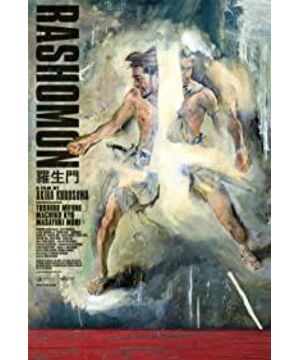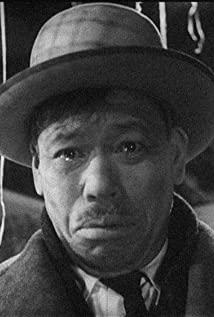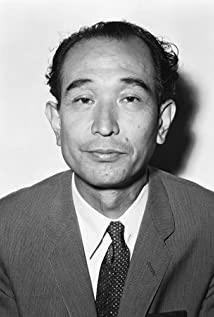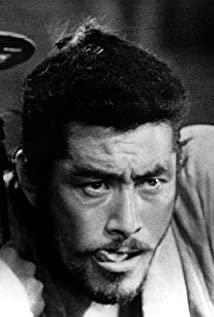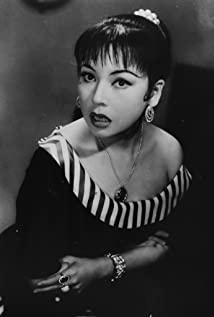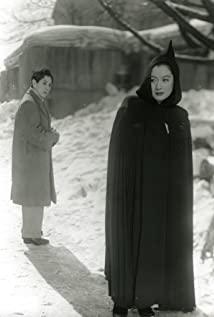Akutagawa's novels are somewhat similar to Lu Xun's works. Short, concise, profound, vivid, universally and profoundly explore human nature, dare to touch the dusty corners of the soul. But relatively speaking, Akutagawa's novels are calmer, more classical, and more slender, unlike Lu Xun or his lonely and angry writings that are deafening or full of laughter and curse. Many people who do research on Lu Xun have pointed out that Lu Xun's early works benefited from this younger generation who was more than ten years younger than him. Therefore, Akutagawa's novels have a sense of Lu Xun's origin.
The Yangtze River is rolling eastward, who would have thought that its origin is the quiet snow field. In Akutagawa's novels, when I first came into contact, I didn't feel a trace of waves, and it had the meaning of still water flowing deep. However, following this trickle, watching it converge into a river, Teng Tao waved, and then Feiqian disappeared and swept away for thousands of miles. The monstrous waves broke the peace of mind, knocked on the fragile atrium, and smashed away any cover-up shell, revealing the most sensitive, weakest and most invisible part of human nature. Akutagawa's superb workmanship caused helplessness and pain after shock. In the face of human weakness, who is not weak?
This shocking and thought-provoking power is undoubtedly an excellent promoter of a good movie. With the help of Akutagawa's extraordinary talents, the profound Kurosawa Akira made a Japanese film set on the world film scene in one fell swoop with "Rashomon". However, Akutagawa’s rather obscure and subtle writing techniques may not be suitable for a 100-minute movie. After all, the images are far more superficial than the text, and the audience sitting in the movie theater needs to be more intuitively impressed. The brilliant Kurosawa Akira combined the two world-renowned novels "Rashomon" and "In the Bamboo Grove" by Akutagawa into one, using the mystery and dramatic "In the Bamboo Grove" as the main line of the plot to express "Rasho" "Gate" the thought to be conveyed. Added the new role of beggar, and at the same time changed the original layout of only confessions, and put the original intention on the portrayal of beggars, monks, and woodcutters. The movie "Rashomon" enriches the original content, truthfully excavated the original meaning of Akutagawa's works, and added Kurosawa Akira's own thinking. Such a creative interpretation of literary works can be called a century-old classic in the film industry.
This black-and-white film that hits the soul directly began in a torrential rain. The distressed monk and woodcutter were puzzled by a murder case that occurred in the bamboo forest. The robber, the wife, and the dead souls of the samurai have their own words, and their testimonies are contradictory but each is perfect. The miserable monk and woodcutter were dizzy amidst the lies of the people, and fell deeply into doubts about the trust between people. A rascal beggar, on the contrary, behaved very detached. The puzzle of the monk and the woodcutter was a headache, and it seemed worthless in his eyes. It seems that with his many years of experience in the world, he has long understood the world. Familiar and unthinking, he broke down the window lattice of Rashomon and used it to get fire. This great style is enough to see his lack of a minimum respect for morality in his heart. As the trio began to recall the testimony of the samurai, wife, and robber, the film faithfully reproduced the confusing murder in the bamboo forest in the original film.
There is no so-called absolute truth about this murder in the original "Bamboo Forest", only three people interpret the incident from their own perspectives. Contradictory testimonies were put together without modification, and they asked everyone: Who can tell the truth, and who is worthy of trust? The original book throws out the question to the reader, except for the confession, without a word.
Perhaps the robber who is about to be punished by law is telling the truth, "The dying man is also good in his words"? But what integrity does such a lawless and beastly thief have? Perhaps the wife who was deeply humiliated and bereaved of her husband told the truth, how could such a weak woman with a penitent heart lie? Or maybe the samurai tells the truth, and the dead even lie without reason. But after all, the pitiful weak, the dying criminal, the unworried soul, who is telling the truth? Or is it the metaphorical Akutagawa implying that there is no truth at all?
To this rather open question, every reader will have his own answer, and Akira Kurosawa, who is full of realism, gave us his answer. The woodcutter actually witnessed the whole process of the murder. Overwhelmed by the burden of his heart, he confided the truth of the matter under the beggar's repeated persuasion. Out of all kind expectations, everyone is weaving lies of one kind or another. The dying thief is still ill-tempered, still boasting and concealing the fact that the woman finally left him at the time of the death of his life. The pitiful widow was the culprit who instigated the thieves, and her sobbing performance seemed to push the blame to the murdered husband. The dead soul that has passed away still clings to the resentment and reputation and cannot let go, hoping to bury the ending of his intention to survive but lose more than a sword. Ironically, the closest thing to the truth is not the poor woman, the righteous warrior, but the hateful robber. And even the so-called fact of the woodcutter still hides lies-he stole the dagger studded with pearls, and the one who sees through all this is an immoral beggar who will rob even of abandoned infants.
In Kurosawa Akira’s answer, the samurai, who represents the spirit of Bushido and shoulders social justice, is so weak and vulnerable; women who represent chastity and kindness have always performed and deceived superbly; instead, robbers without any culture It is relative honesty; the one who knows the truth of society best and has the most insight into human nature is the beggar who has no morality and only greed.
Undoubtedly, Kurosawa Akira's answer was true and cruel. The fairy tale world constructed by crystals was severely knocked to pieces, and this answer gave rise to countless new questions. When things are so muddy, good and evil are indistinguishable, and black and white are turned upside down, what should we believe in? Is justice still justice, and kindness still goodness? Is there truth and good, or is everything just false and evil? The original human nature contains greed, cowardice, and hypocrisy. Is it really worth defending? In the face of such a human nature, how do people face their true self? Should humans full of blemishes be so degenerate?
No, at the end of the film, Kurosawa gave a way out for this painful and unavoidable problem that the film throws: the
woodcutter took the baby away, and the temporary greed will be repaid with the selfless nurturing of a lifetime.
We can make up for the unavoidable greed, anger, ignorance and ignorance with permanent truth, goodness and beauty.
View more about Rashomon reviews


